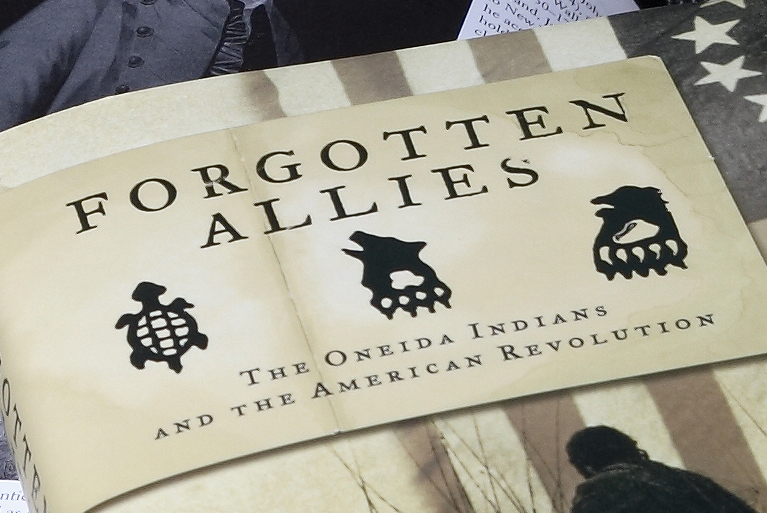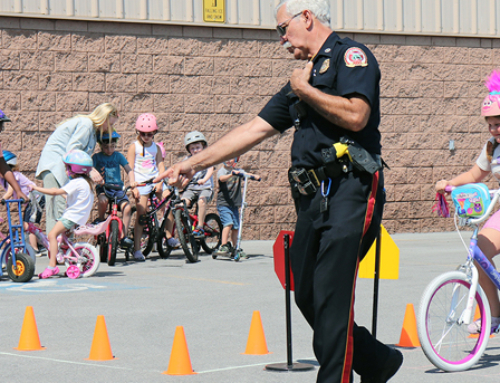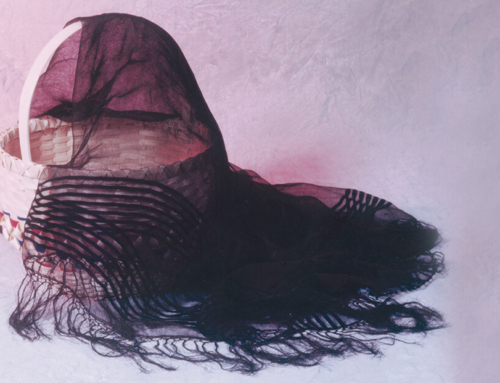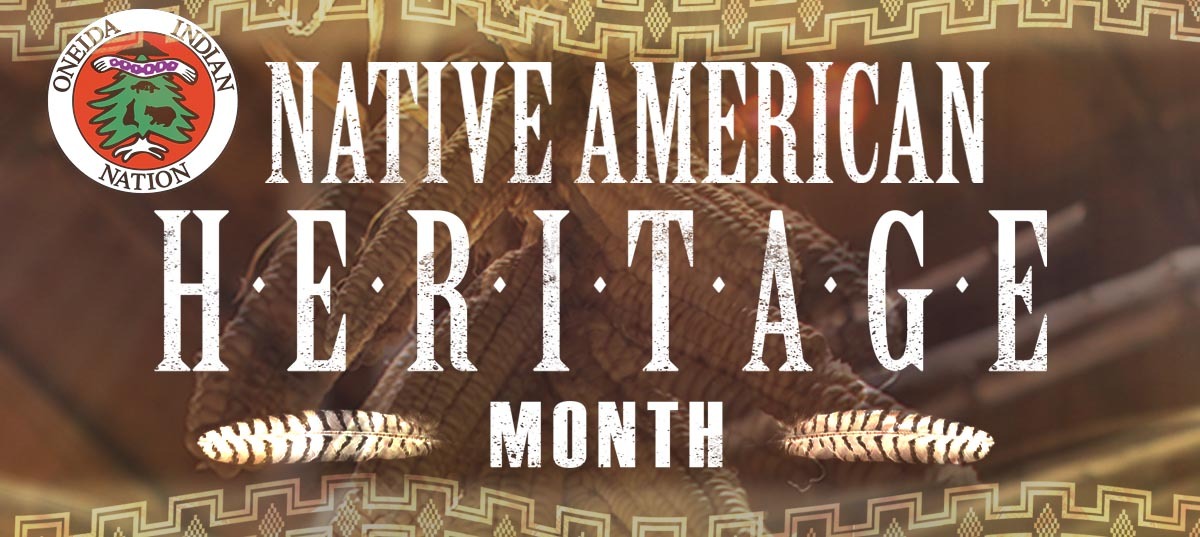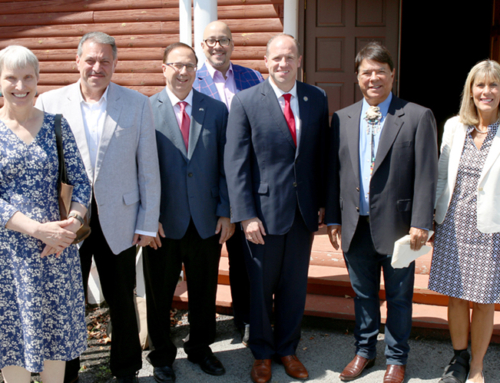Book Review: Forgotten Allies, The Oneida Indians and the American Revolution, Joseph T. Glatthaar and James Kirby Martin
By Kandice L. Watson (Oneida, Wolf Clan)
Oneida Indian Nation Documentarian
Forgotten Allies discusses the Oneida Indian Nation’s involvement in the Revolutionary War as an ally of the fledgling United States. As an academic, I have always been interested in history and the interactions of peoples throughout time, and was anxious to learn more about how those occurrences shaped who our people became. As an enrolled Member of the Oneida Indian Nation, I have found our history to be amazing and enlightening, and reading this story helped me to feel a closeness to my ancestors like I have never felt before.
Glatthaar and Martin take us through Oneida Indian Nation history from around 1635 when Dutch adventurer Harmen Van Den Bogaert visited an Oneida village through the end of the Revolutionary War. There were many influences at play for the Oneidas during this time period that would last for generations, and the authors present the information in a chronological, straightforward manner that allows the reader to follow along without having to know very much about the Revolutionary War.
Certainly as a scholar and teacher, I have heard of our predecessors and their involvement in various events: how Han Yerry and his wife fought tirelessly at the Battle of Oriskany, how Polly Cooper joined some men to bring corn to Gen. Washington and his starving army during the winter of 1777-78, and also how Samuel Kirkland had such great influence on Chief John Skenandoah – enough to convince him to side with the rebels. I have heard these stories over and over and have even repeated them in my teachings throughout the years. After reading this book, I now know that some of these stories were incorrect, or had missing information.
I feel like I know the full story now, or at least more of it than I knew before. For example, I now know that the group of Oneidas left for Valley Forge on April 25, 1778, which is certainly not winter. I always found it hard to believe they would make such a trip in the dead of winter! Also, they went down there at the request of Gen. Washington via the Marquis de Lafayette to secure warriors for him. Lafayette was able to gather 47 warriors to make the trip to Pennsylvania where they quickly joined Gen. Washington’s regulars in the Battle of Barren Hill, about 4 days after their arrival on May 15, 1778. So, they went there for other reasons, not simply to bring Washington’s army some corn.
Whether Polly Cooper was with them or not is also a point of confusion. I have read accounts from the soldiers who remarked at the presence of the Oneidas, but no mention is ever made of them having a woman with them. It seems odd that they wouldn’t mention this since they mentioned many other things about the men. A few instances in the camp had men writing in their journals of how one Oneida helped himself to a shank of meat in Gen. Washington’s tent. Rather than make an issue of it, Gen. Washington let it go. Another time, one invited himself to sit in on Gen. Washington’s planning meeting and was politely escorted out. If a woman was with the Oneidas, it seems the soldiers would have at least made mention of it.
I am curious to go and find these old Oneida villages now as well. I have lived in Oneida my entire life, and have been through Oneida Castle (Kanonwalohale) many times – but I never thought about the actual borders of the village, its exact location, location of the church, saw mill or grist mill or what families lived there. I was always under the impression that I knew where these towns were, but now I understand that some of them were quite large and sprawling.
I had also heard of Oriska, and have visited the battlefield many times with school groups or for the annual solemn commemoration held on August 6 of each year. Again, I made the assumption that the village was where the battle occurred, which is not the case. The Oneida village of Oriska was located several miles west of the battlefield and I would be interested to visit that site. Very few families lived at Oriska, Han Yerry’s being the most prominent.
I was also surprised to hear of Old Oneida. Old Oneida is one of the oldest Oneida villages, and managed to survive the Revolutionary War unlike all of the other Oneida villages. Old Oneida also stayed relatively traditional and did not accept Christianity in the village. Old Oneida was located about 7 miles south of Kanonwalohale, most likely somewhere near Primes Hill in Munnsville.
As a resident of Territory Road, I assumed I knew about the religious rivalries that occurred in our villages. I was aware that the Oneidas who left and went to Wisconsin were Christians, but had little idea how this religious affiliation determined everything about their lives. In addition to the Traditionalists vs Christians, we also had divisions between the Christian religion in regards to Presbyterian and Anglican teachings. The war brought out rivalries that might not have existed prior to the war or the encroachment of white settlers.
I assumed that I knew about the main players, who were influential in the Oneidas’ decision to enter the war, but now I know different. I assumed Skenandoah and Han Yerry were the biggest players, but there were many other Oneidas that played significant roles in our history and I am enlightened by this information. Skenandoah spent almost 3 years in captivity at Fort Niagara, so his influence was very minimal. The fact that he was good friends with Kirkland has obviously affected his prominence in our history. Men like Good Peter, Grasshopper, Thomas Spencer and others had more influence on our involvement than either Skenandoah or Han Yerry.
As a history buff, I am thankful to have researchers like Glatthaar and Martin, who have made it their mission to revive our history, and tell it in a truthful, respectful manner. So often, our contributions to the American cause are overlooked or watered-down, and this book lets us be proud of that history and to ensure that it is not forgotten.


